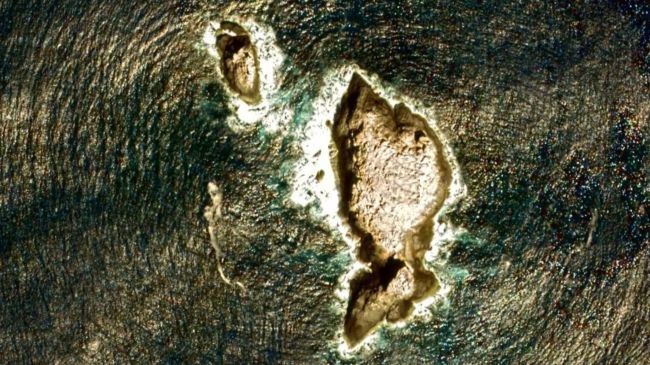
© Google MapsThe Gardner Pinnacles are all that's visible of what is now considered the world's largest, and hottest, volcano. It's called Pūhāhonu, and it lies northwest of Honolulu, Hawaii.
Poking out of the sea 590 miles (952 kilometers) northwest of Honolulu, Hawaii, two barren peaks rear their heads. The little pinnacles, which stand about 170 feet (52 meters) above sea level at their highest point, bely a monstrous mountain of ancient magma beneath them.
Turns out, these two unassuming nubbins are actually the tips of Pūhāhonu — the single largest volcano on Earth, scientists have found.Pūhāhonu — meaning "turtle rising for breath" in Hawaiian — is part of the long chain of undersea mountains and
volcanoes that stretch from the Hawaiian Islands to the eastern edge of Russia. Many of the chain's 120-or-so volcanoes are long dead and buried beneath the waves, though the relatively young peaks that make up the Hawaiian Islands still tower over the land (and, occasionally,
blow their tops).
Mauna Loa, the gently-sloping behemoth that bulges out of Hawaii's Big Island, has long been designated the world's largest volcano. From its base on the seafloor to its summit thousands of feet over the island, Mauna Loa rises more than 30,000 feet (9,170 m) — making it technically taller than
Mount Everest — and encompasses more than 19,200 cubic miles (80,000 cubic km) in volume. There's no question it's gargantuan; however, researchers now claim that Pūhāhonu actually has Mauna Loa beat — thanks largely to tens of thousands of cubic miles of volcanic rock buried beneath the ocean floor.
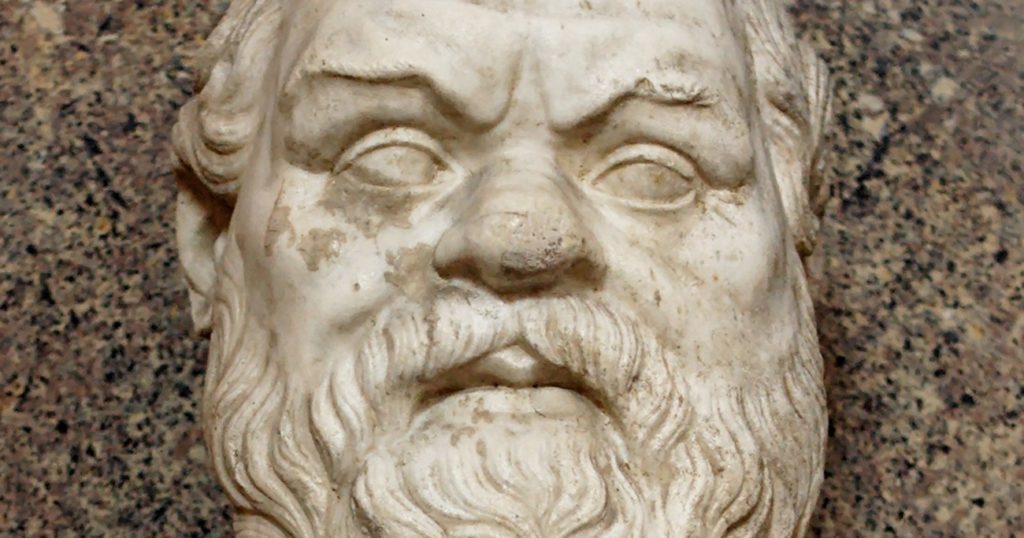
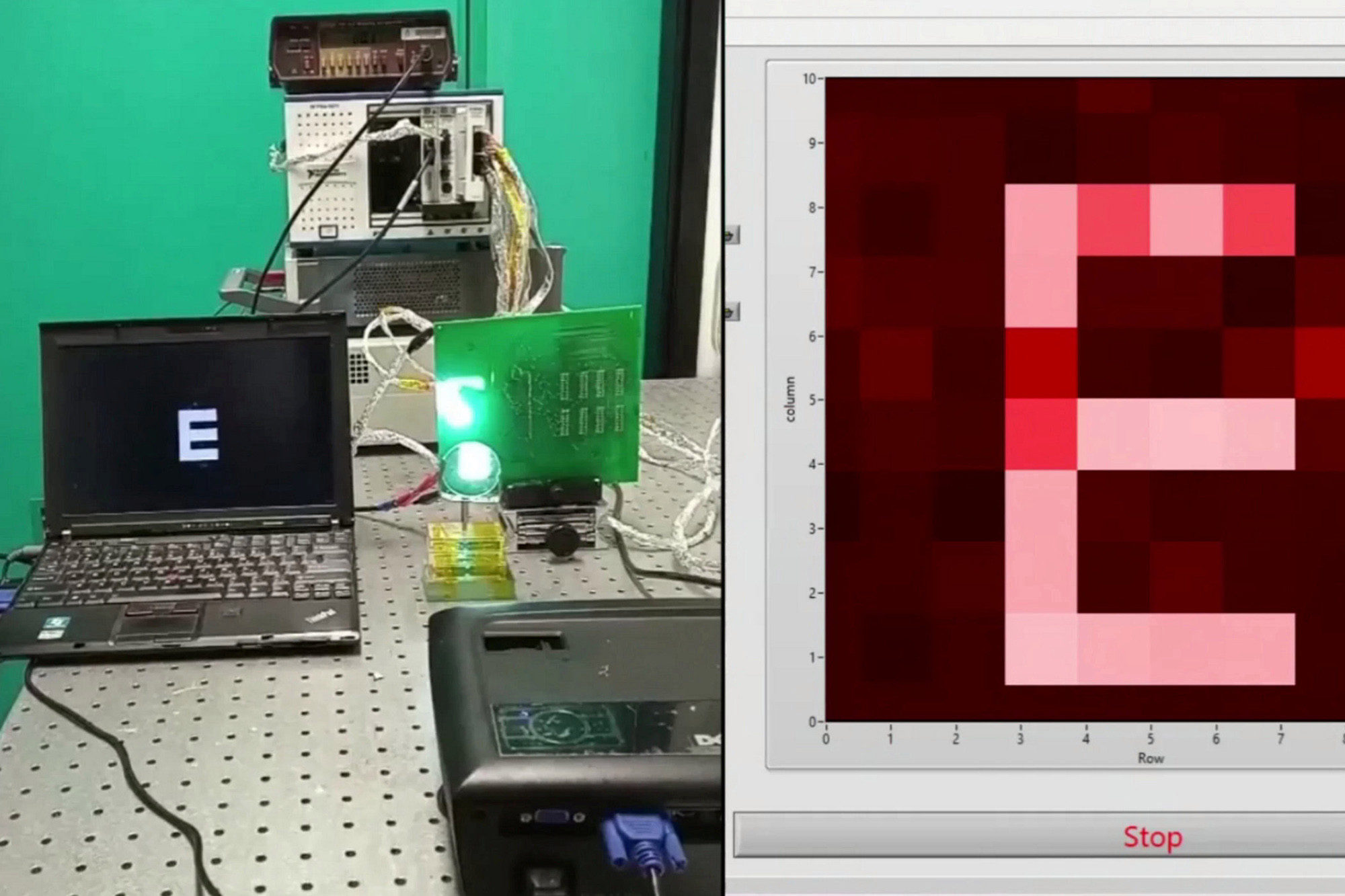



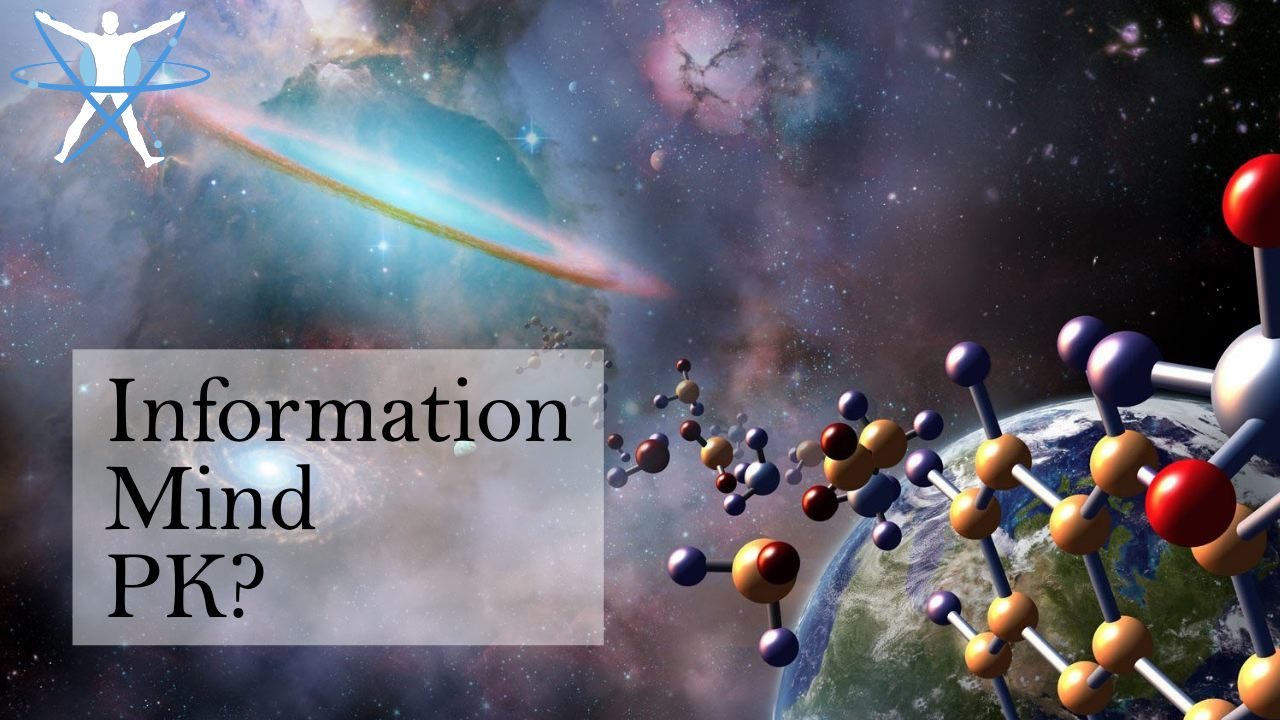
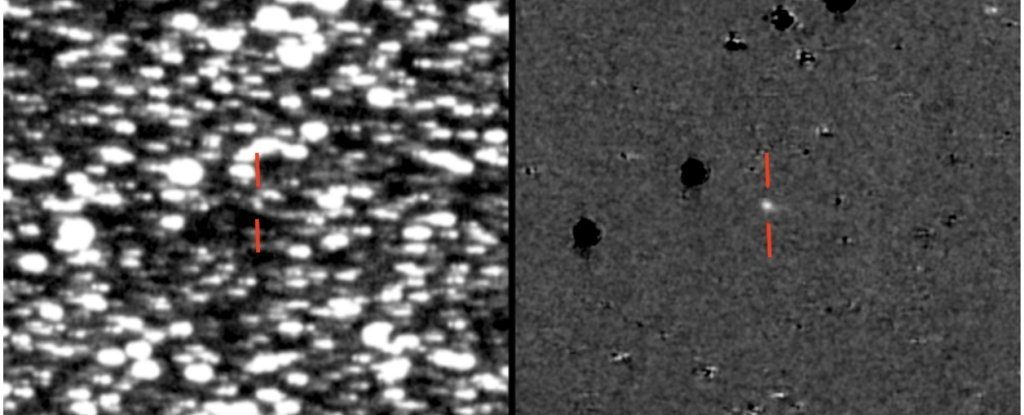
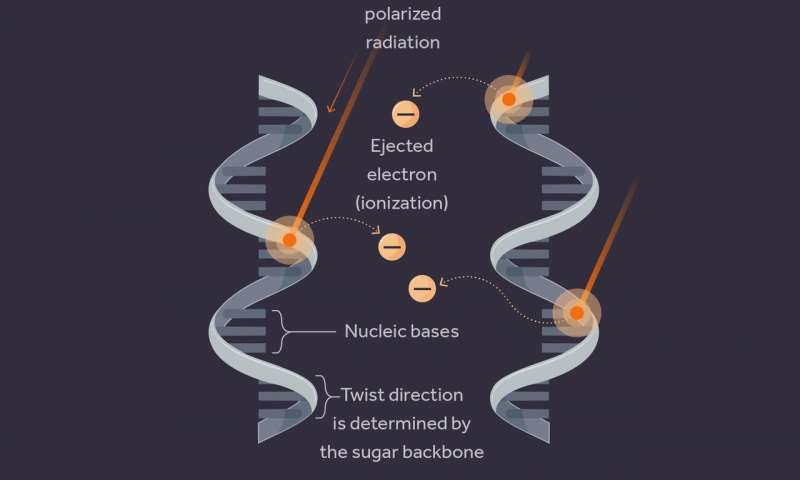
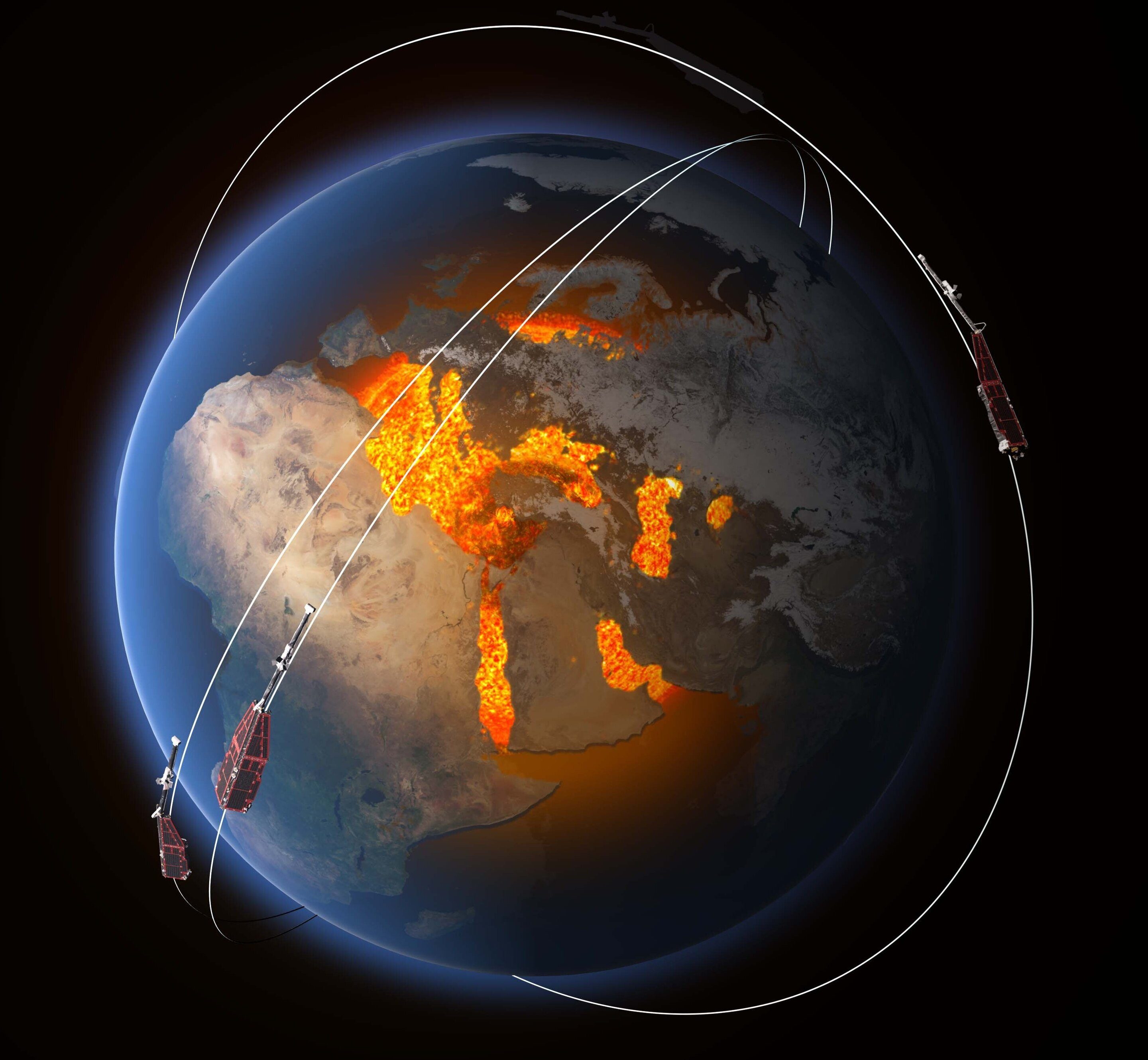
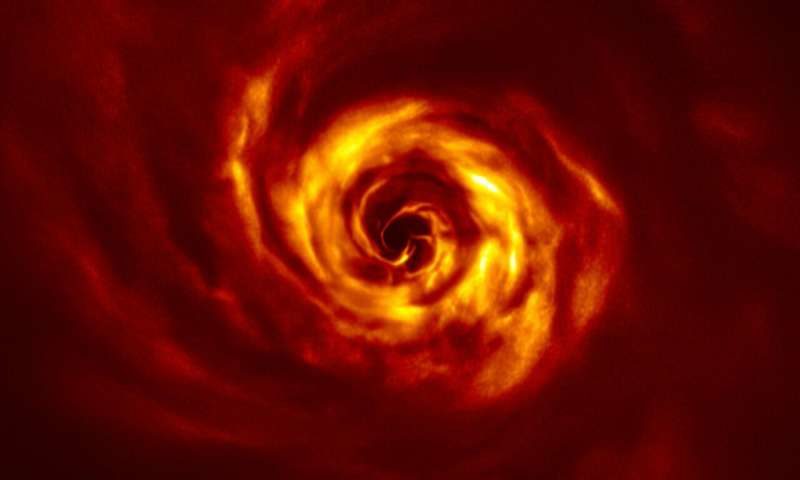




Comment: Astronomers are still holding on to the 'icy snowball' theory of comets for dear life. Notice the mental gymnastics they engage in to explain an asteroid behaving like a comet. The Electric Universe theory postulates that all comets are asteroids traversing fields of electrical charge, a view that fits the observed facts.